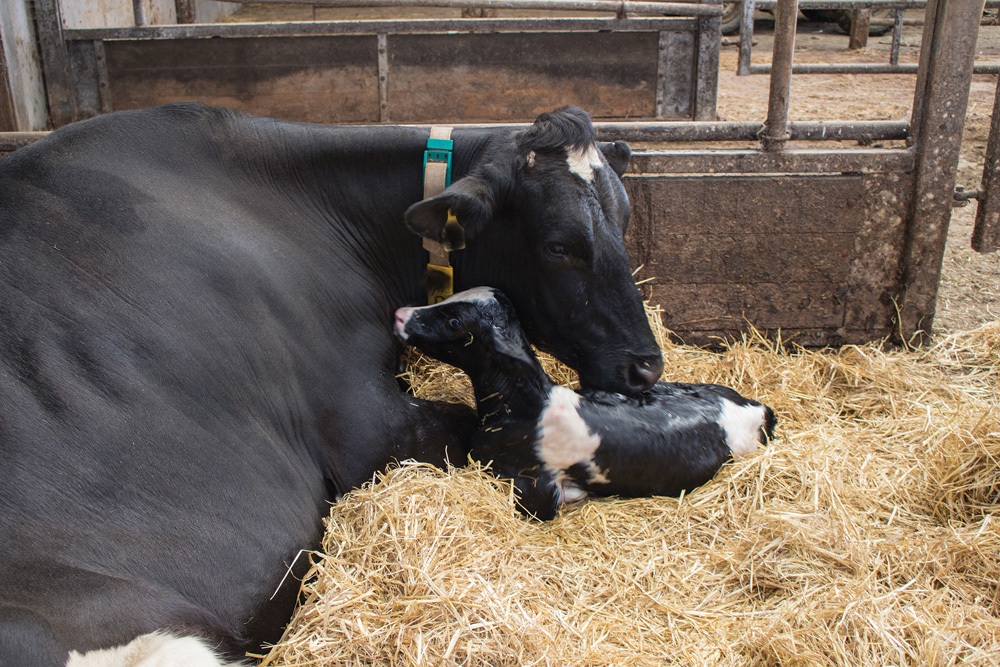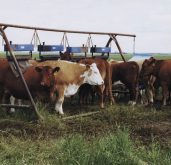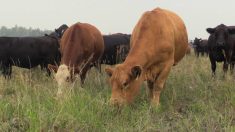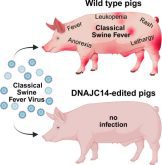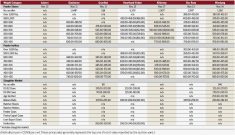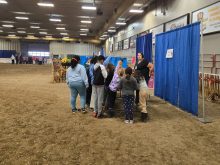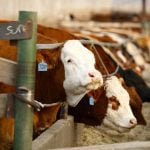There are many times when tranquilization makes it easier on both cattle and the operator.
The main tranquilizer I am talking about is acepromazine, a member of the phenothiazine tranquilizer family. It is not a prescription product and producers can be trained in its usage and in the way it is delivered.
Since the dosage is pretty low (although effects last a long time) and the cost per dose is minimal, it has many uses in cattle production in my opinion. Whether it’s calving, tie-breaking, clipping or simply transportation, if we can get cattle calmer, it always goes better.
Read Also

VIDEO: Watering system a cattle health win
Portable livestock watering system helps Manitoba beef producer combat foot rot cases on pasture.
Even when using low-stress handling techniques, cattle can get worked up in certain situations and can benefit greatly from tranquilization.
The withdrawal on the 25-milligram product is seven days. This tranquilizer will work on most species on the farm, but I am going to focus only on cattle at this time.
This product will cause a lowered heart rate and blood pressure, and dosage will vary depending on the method of administration. Many give it orally or intra-nasally but I recommend it in the tail vein because it goes right into the bloodstream — so the dose can be kept low and it acts fast.
Uses around calving include cows being overly aggressive towards their newborn calves or kicking at their calves when trying to suck as tranquilization may make them passive enough to change this behaviour.
We have all had to try and graft a calf onto a cow. Methods range from using products such as Calf Claim or rubbing placenta on an adoption calf to skinning a dead calf and putting the hide on a substitute calf. These all can be effective ways to get a mother to adopt a calf, but also tranquilizing the cow will improve success rates. The calf will be taken quicker by the new mother and she is unlikely to hurt it from bunting or kicking at it when it is time to nurse.
Bull sale season leads to bulls being clipped or torched to get them all looking good. The first time through the chute, using a slight bit of tranquilizer can make the process easier (on the bull and for the person clipping). If the bulls are calmer, the procedure goes by quicker and they have a good experience setting them up for an easier pass-through next time. Showmen may even use this when just halter breaking for the first time.
There is no doubt tranquilizers have a place and what I like about acepromazine is you can visibly see the effects from the sleepy eyes and slightly staggered gait. In bulls we can have a prolapse of the sheath so watch when using it in bitterly cold weather. That is why most veterinarians if they don’t get protrusion of the penis in semen evaluating may use tranquilization to visualize the penis and make sure there aren’t other things wrong.
Veterinarians may use acepromazine for anything from settling down cows for C-sections to claw amputations to cancer eye removals. They may also use other products in combination with this tranquilizer as well as a local anesthetic. Younger veterinarians have gotten into using other tranquilization products but as you can see there is still a place on our farms and ranches for products such as this.
I have used this product for anything from marker bull surgery to a rumen fistula. If you titrate the dose properly, they can still ambulate and load well.
If shipping cattle further away, there is a natural type product with no withdrawal that can be fed to cattle. The product is called DeStress which has, among other things, an amino acid called tryptophan, which has naturally a slight tranquilization effect. It is fed to cattle and can also be used on bison (but at a higher dose) and has a tranquilization or calming effect which owners can visibly see.
This of course makes it easier to load and transport plus shrink is greatly reduced. Not only is there an animal welfare benefit but also an economic one as live weight and carcass weight will be higher on slaughter animals given this product.
Producers with interest should be taught how to give tranquilizer products like acepromazine in the tail vein. You can also get blood samples this way if your veterinarian needs them.
I know producers may have other uses for things like acepromazine in livestock production, anything from dehorning to prolapse repairs.
Effects last several hours and only are repeated in rare occasions I would say. Keep this in mind for any of the procedures listed above. It may take some time before we realize how this can fit into your operation.


